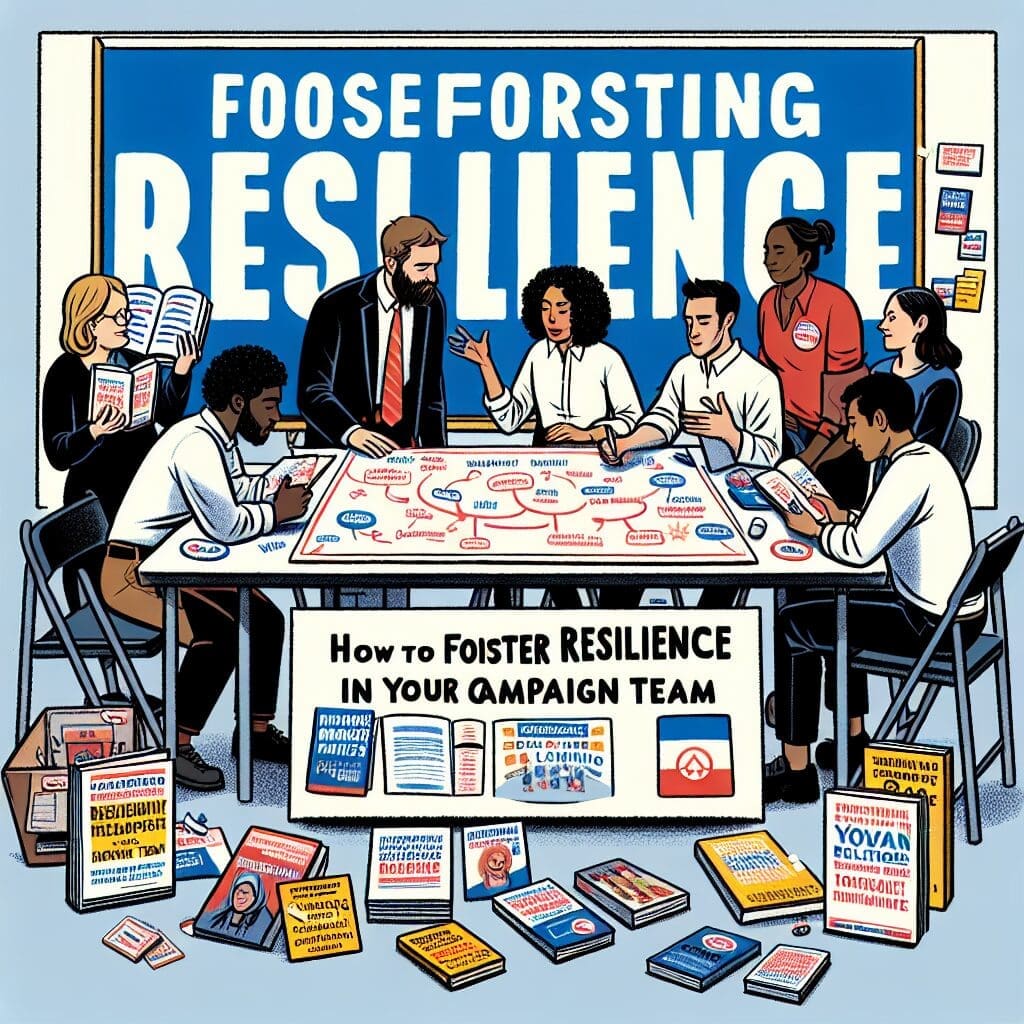Breaking Down Barriers: How New Design Standards are Making Government Websites More Accessible
In the digital age, the internet serves as a crucial gateway for citizens to access government information and services. Yet, for too long, individuals with disabilities have faced significant barriers that hinder their full participation in the digital civic space. Recognizing this, there’s been a concerted effort towards implementing new design standards aimed at making government websites more accessible. This article delves into how these standards are redefining municipal website design and offers insight into how SnapSite can be a catalyst for change, providing solutions tailored for local governments committed to inclusivity.
The Imperative for Accessibility
For government entities, the imperative to overhaul their digital domains in line with accessible design principles is not only a moral obligation but often, a legal necessity. Accessibility barriers can range from navigation issues due to non-descriptive links to the lack of alternative text for images, all of which can alienate users with disabilities. The push towards more accessible website design is not merely about avoiding legal pitfalls but fundamentally about crafting an inclusive digital ecosystem where everyone, regardless of their abilities, can have unfettered access to government resources and services. SnapSite emerges as a pivotal player in this transition, offering expertise in developing websites that not only comply with legal standards but exceed them.
Adopting New Design Standards
The move towards enhanced accessibility is guided by new design standards, notably the Web Content Accessibility Guidelines (WCAG). These guidelines provide a framework for municipal website design, emphasizing flexibility, operability, understandability, and robustness. By adhering to these standards, government websites can ensure that they cater to a broader audience, including those who use screen readers, have mobility impairments, or suffer from cognitive disabilities. Adoption of such standards highlights a commitment to diversity and equal access, reflecting a government’s dedication to serving all its constituents.
How SnapSite Can Help
SnapSite stands at the forefront of this transformation, armed with the tools and expertise to bridge the accessibility gap. Specializing in municipal website design, SnapSite works closely with local governments to revamp their digital presence. Their approach goes beyond mere compliance; it’s about embracing accessibility as a cornerstone of website design. From ensuring that all digital content is easily navigable to embedding features that improve readability and understanding, SnapSite crafts digital spaces that are not only inclusive but also more engaging for all users.
A Path to Inclusive Digital Governance
Embracing new design standards for better accessibility signals a shift towards more inclusive digital governance. It’s a journey that requires commitment, resources, and a deep understanding of the diverse needs of the community. Solutions like SnapSite offer local governments a pathway to achieving this vision. With their comprehensive solutions for local governments, from auditing existing websites for compliance issues to implementing state-of-the-art features that enhance accessibility, SnapSite is poised to redefine how citizens interact with their government online.
Conclusion
The march towards fully accessible government websites is both a challenge and an opportunity. It entails breaking down long-standing barriers and heralding a new era of inclusivity in the digital domain. By adopting new design standards and leveraging solutions offered by entities like SnapSite, local governments can ensure that their digital services are open to all, thereby strengthening the bedrock of democratic engagement. The transformation of municipal website design towards greater accessibility is not just about compliance; it’s about crafting a digital government that truly serves every citizen.




